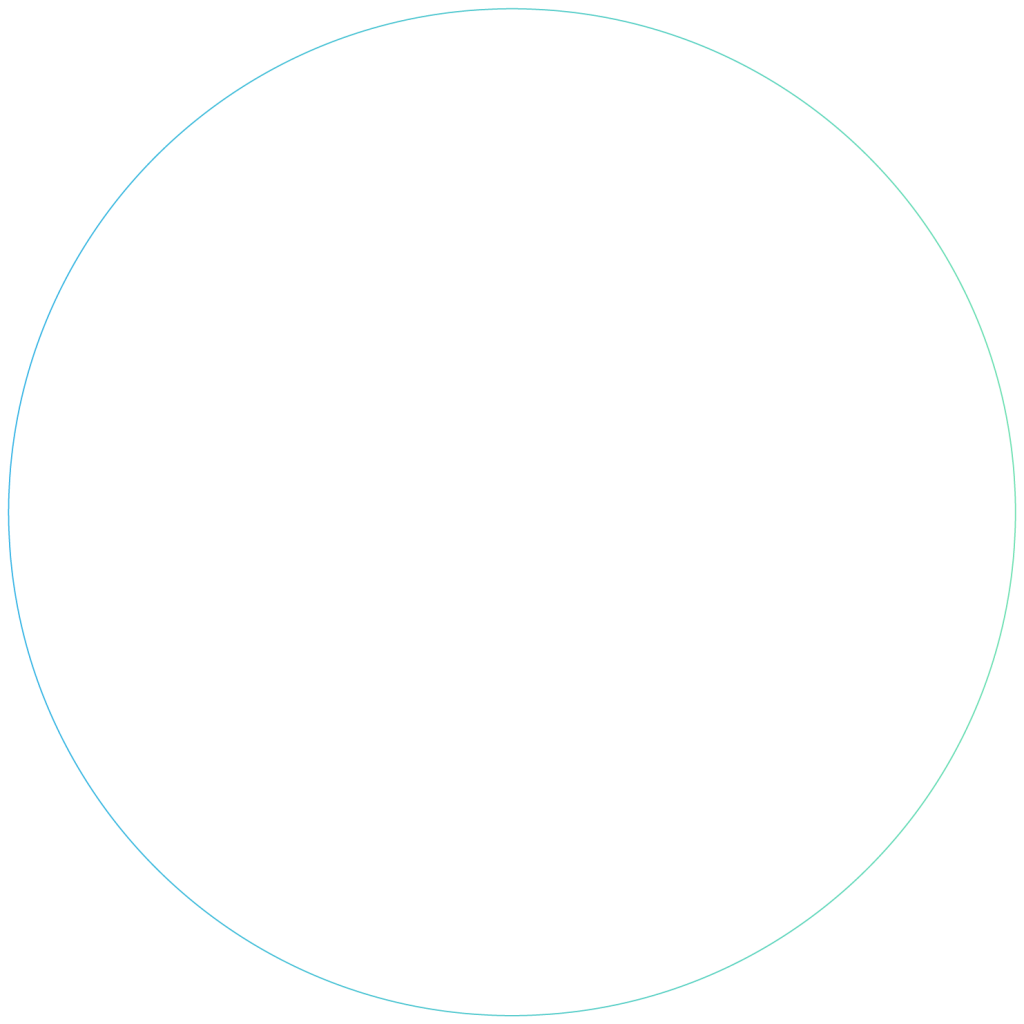THIS IS
AdAi
Most brands do it.
Most brands hate doing it.
Buying your brand terms on Google Ads.
Paying the “Google Tax”.
It’s advertising that delivers no incremental value. If the sponsored listings weren’t there, consumers would click on your #1 organic position.
But the threat of competitors encroaching on your territory is enough for most advertisers to fork out to “protect their turf”.
AdAi, by Revvim, is a sophisticated product that deals with this very narrow problem in an easy-to-implement way. It’s designed to recoup a large chunk of what you spend on brand terms, and ensure that you have the right level of control to deal with other sites (friends or foes) bidding on your terms.






How it works
AdAi identifies cannibalistic Google Ads
When you're #1 organically, there are no competitors and you're paying for Google Ads, this is cannibalistic.
i.e. the PPC listing is 'eating' the organic listing where the traffic would otherwise naturally go.
AdAI has an initial 7-day learning process to build a probabilistic model to identify opportunities to save money. This is supplemented by live checking of the search results to find changes in competitor behaviours or Google algorithmic updates impacting your SEO visibility.
Improve holistic search outcomes
PPC and SEO should ideally work together.
Paid search steps in when you don't have the organic visibility.
But, the search results page is volatile - different results show up in different geographies, and other brands are flitting in and out of sponsored listings according to their own bidding protocols.
It's impossible to keep track of manually, and AdAi does all this heavy lifting - and only this. Your search terms (internal or agency) are still in control of the keywords, the creative, the landing pages, the budget allocation between campaigns etc.
Improve media attribution
Those brand term searches have to come from somewhere, right?
TV, radio, outdoor, cinema, podcasts, display, video, social, and even other search activities all drive people to search for your brand.
When they click on a Google Ads result, this 'last-touch' activity is given credit, and depending on how you're measuring attribution, it can make your Google Ads activity seem to be driving a lot more activity than it really is.
Even without doing anything else, media attribution will change. It will depend on whether you're using an adserver, using attribution in analytics (which only tells part of the story), using each platform's own reporting, or a holistic marketing analytics platform. We're happy to have a look at what you're currently doing and help you figure it out.
Make confident investments in the right channels
By reallocating budget away from cannibalistic ads, you can bank the savings (spend less on paid search for the same outcomes) or re-invest that budget to target prospective customers further up the funnel.<br><br>For bigger brands, the upside can be in the hundreds of thousands of even millions of dollars of PPC budget that can be reclaimed or reallocated.
This can also be a great way to underwrite the cost of RescueMetrics, which will also significantly improve the data and attribution of your search activity.


With AdAi, you’re in control
While most teams run AdAi across their entire Google Ads account, it is fully configurable and can be allocated to run only on specific campaigns, geolocations, devices, or even individual search terms if needed. AdAi is used in countries around the globe in numerous languages and currencies.
Furthermore, in place of sending traffic to your #1 organic listing, AdAi can optionally be configured to send traffic to an alternate set of ads that cost the minimum bid and can even have ad copy intended for times when competitors are not present.
AdAi is fully compatible with Performance Max, Dynamic Search Ads, Shopping Ads, SA360, and all Smart Bidding bid strategies. It works seamlessly alongside any team using any technology without any interference whatsoever.


